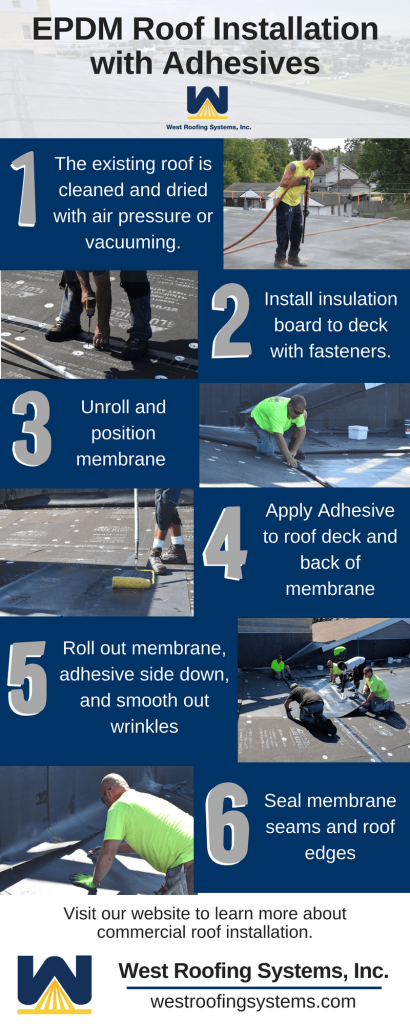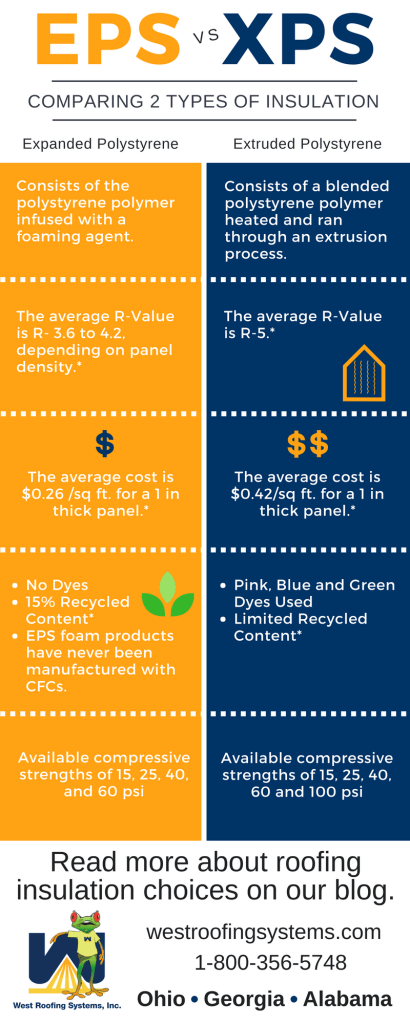Are you considering a Single-Ply Membrane Roof for your building? It can be confusing with TPO vs EPDM and Mechanically-Fastened vs Chemically Adhered.
See More: Single-Ply Membrane Roofing: TPO vs. EPDM [Infographic]
Here at West Roofing Systems, we’ve been installing Single-Ply Membrane Roofing for over 38 years. And in that time, one of the most common questions we’ve received from customers is, “How does single-ply membrane roofing work?”
Single-Ply Membranes are sheets of rubber and other synthetics that can be ballasted, mechanically fastened or chemically adhered to insulation creating a layer of protection on your commercial facility.
EPDM Roofing: The Basics
Ethylene Propylene Diene Monomer is a single-ply membrane that consists of a synthetic rubber compound that allows it to be flexible. EPDM has been used on commercial roofing facilities since the 1960s and is considered a time-tested option. Although EPDM has more of a trusted history with commercial roofing, it only has about 20% of the commercial roofing market according to the NRCA.
With EPDM, you have an option of choosing from 45, 60, or 90 mils thickness and either black or white for the color. While TPO has a natural white color, EPDM results in a dark gray or black color for your roof. While the darker color is not helpful in reflecting UV rays, it does retain heat and can be useful in cooler weather.
Single-Ply Membrane Roofing Systems have been the go-to roofing for commercial, industrial, and manufacturing facilities for decades. Contact West Roofing Systems today to talk to our expert staff about your future Single-Ply Membrane Roofing System.
Read More:
- Single-Ply Membrane Commercial Roofing: Installation and Performance
- Pros and Cons of Single-Ply Membrane Commercial Roofing
- Single-Ply Membrane vs Spray Polyurethane Foam: Which is Best for Commercial Flat Roofs?
Source Here: Single-Ply Membrane EPDM Roof Installation [Infographic]



